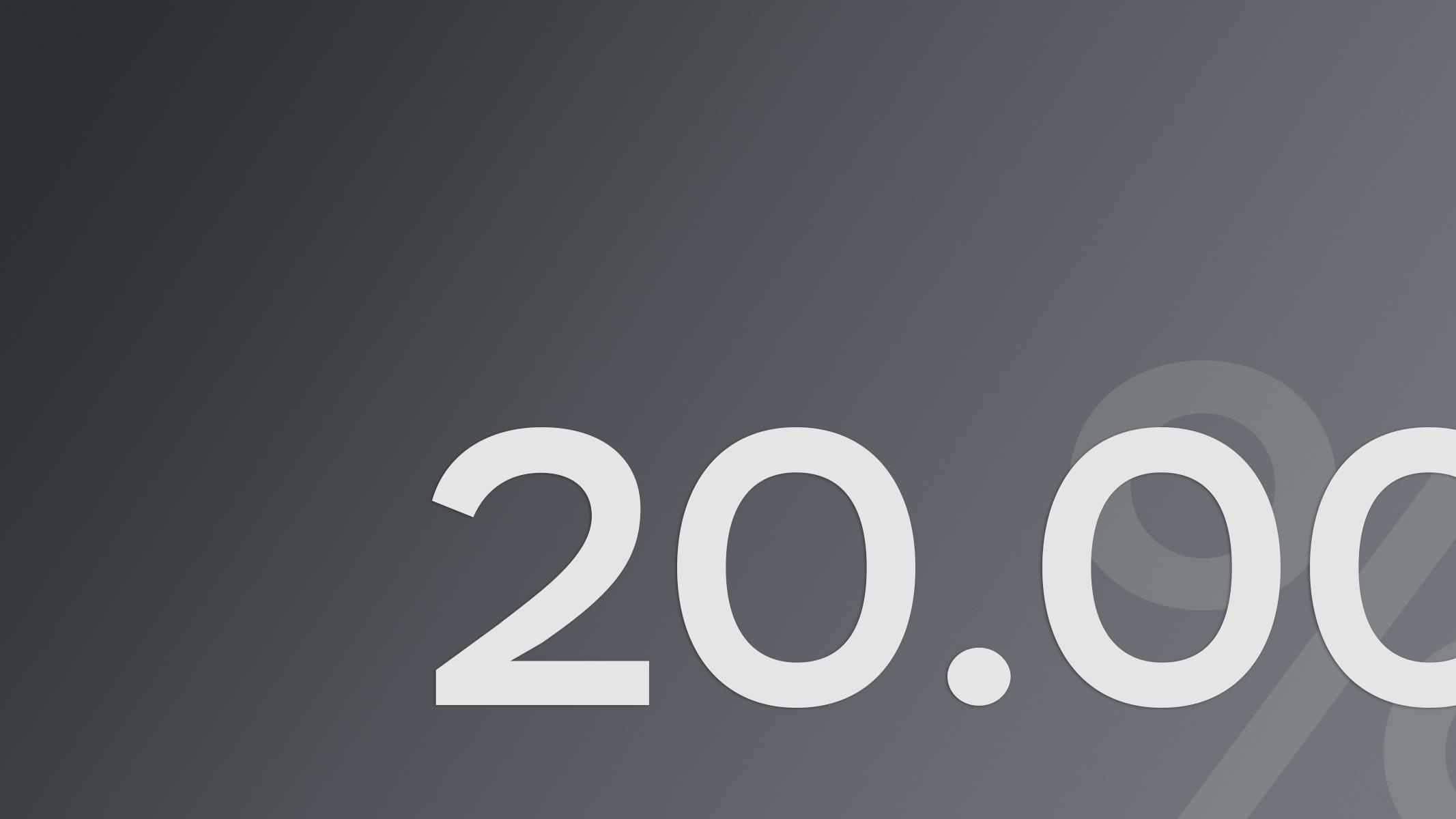On 6 June 2025, the Bank of Russia Board of Directors decided to cut the key rate by 100 basis points to 20.00% per annum. Current inflationary pressures, including underlying ones, continue to decline. While domestic demand growth is still outstripping the capabilities to expand the supply of goods and services, the Russian economy is gradually returning to a balanced growth path.
The Bank of Russia will maintain monetary conditions as tight as necessary to return inflation to the target in 2026. This means that monetary policy will remain tight for a long period. Further decisions on the key rate will be made depending on the speed and sustainability of the decline in inflation and inflation expectations. According to the Bank of Russia’s forecast, given the monetary policy stance, annual inflation will return to 4.0% in 2026 and stay at the target further on.
In April 2025, the current seasonally adjusted price growth went down to 6.2% in annualised terms from 8.2% on average in 2025 Q1. The similar indicator of core inflation was 4.4% after the average of 8.9% in the previous quarter. Concurrently, most indicators of underlying inflation were in the range of
The impact of tight monetary conditions on demand is becoming increasingly evident in decreasing inflationary pressures. However, price dynamics are uneven by component. Tight monetary policy has a particularly strong effect on the decrease in prices for non-food goods, including through the ruble appreciation. As for food products and services, inflationary pressures remain high.
Inflation expectations have changed diversely since April. Businesses’ price expectations have continued to decline. Expectations of financial market participants have not changed significantly. Households’ inflation expectations have increased slightly. In general, inflation expectations remain elevated. This may impede a more sustainable slowdown in inflation.
The upward deviation of the Russian economy from a balanced growth path is narrowing. High-frequency data, including those for 2025 Q2, demonstrate a gradual slowdown in domestic demand growth.
The situation in the labour market has not changed considerably since the April meeting. Unemployment is at its record lows. However, according to surveys, the share of enterprises experiencing labour shortages continues to decline. In addition, labour demand in certain industries has been decreasing with a reallocation of employees across industries. Wage increases remain high and continue to outpace labour productivity growth. Nevertheless, according to surveys, companies are still planning more moderate wage indexation in 2025 compared to
Monetary conditions remain tight under the impact of the monetary policy pursued and autonomous factors. Since April, nominal interest rates edged down in most segments of the financial market, but they are still high in real terms. Despite some reduction in deposit rates, households continue to demonstrate high propensity to save. Lending activity remains generally moderate. Non-price bank lending conditions are tight.
Proinflationary risks decreased slightly but still prevail over disinflationary ones in the medium term. The key proinflationary risks are associated with a longer upward deviation of the Russian economy from a balanced growth path and high inflation expectations, as well as with the deterioration in the terms of external trade. A further decrease in the growth rate of the global economy and oil prices in case of escalating trade tensions may have proinflationary effects through the ruble exchange rate dynamics. Disinflationary risks involve a more significant slowdown in lending growth and domestic demand under the impact of tight monetary conditions. If geopolitical tensions ease, external conditions may improve, which might have a disinflationary effect.
The Bank of Russia takes into account the announced parameters of fiscal policy. Its normalisation in 2025 will have a disinflationary effect. Changes in the fiscal policy parameters may require an adjustment in the monetary policy pursued.
On 20 June 2025, the Bank of Russia releases the Summary of the Key Rate Discussion.
The Bank of Russia Board of Directors holds its next key rate meeting on 25 July 2025. The press release on the Bank of Russia Board decision and the medium-term forecast are to be published at 13.30 Moscow time.
The reference to the Press Service is mandatory if you intend to use this material.

